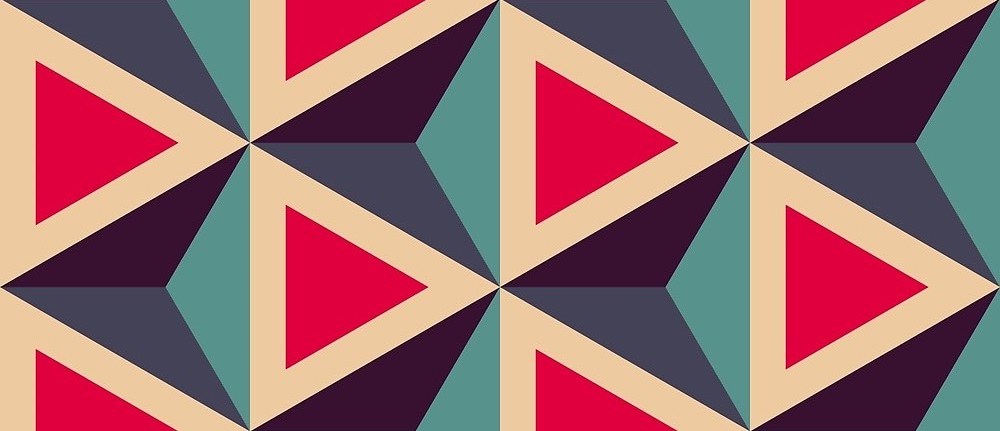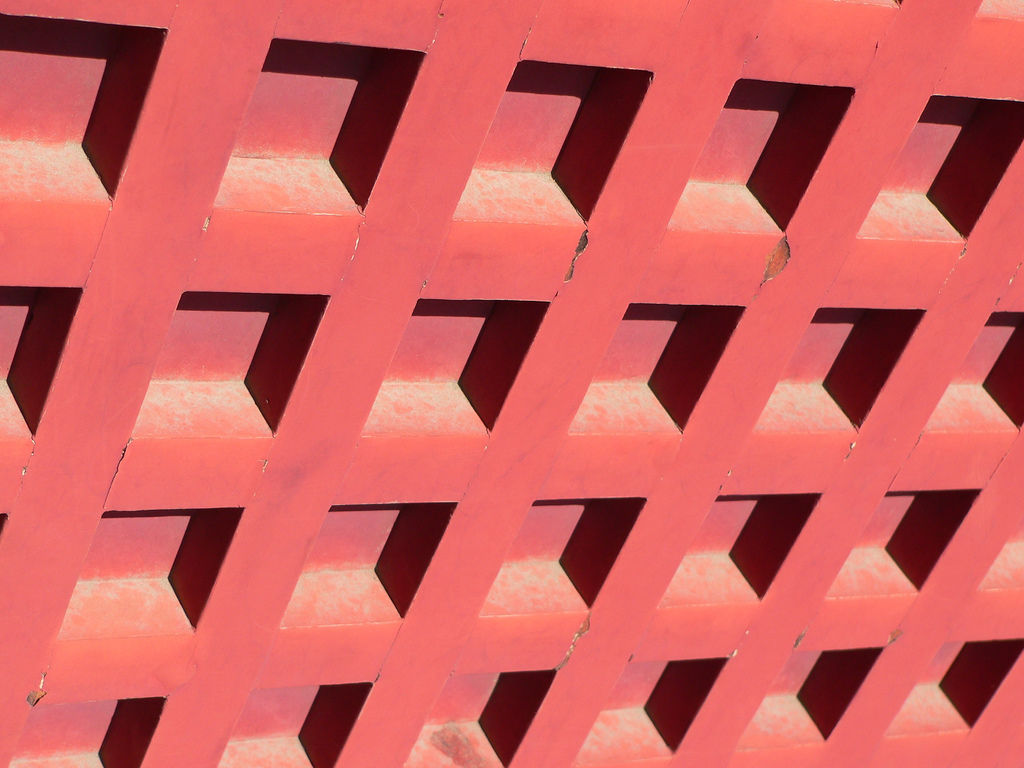Pattern principle is also referred to how design elements are designed in a project and set a standard on it to easily communicate your ideas. Visual hierarchy is a design principle that refers to how elements are arranged in a design.

Principle Of Repetition Pattern Visual Communication Design
Lines logos and other graphicvisual elements should be formatted consistently.

. Whatever work you produce be it for a magazine poster website or advertisement the principles of design should be considered. While theres plenty of debate over how many principles of design are out there and even what they are there are 12 that appear regularly on the list of principles. The same graphic design principles apply to computer screens documents and presentation graphics.
Repetition The Principle of Repetition states. Things that are related. The key principles of design are.
P A T T E R N and Repetition Repetition of a design. In graphic design proximity is a principle of design that refers to the spatial relationship between the elements of the design. Contrast hierarchy alignment balance proximity repetition simplicity and function.
Repeating colors fonts words or shapes can help tie your design and overall look togetherit also. It unifies your design elements and gives them a kind of a signature look. What is Visual Hierarchy.
Fonts should not change without a reason. These 12 principles explained in the infographic below include contrast balance emphasis proportion hierarchy repetition rhythm pattern white space movement variety and unity there are also some additional. The same principle applies to body text.
Whether youre using contrasting colors or pairing bold typefaces with delicate fonts using this principle of design helps to create variety in your graphic that allows you to strategically emphasize parts of your design. Rhythm is usually achieved through repetition of lines shapes colors and more. Learn the 7 basic principles of design that will make your next design stand out.
The design principle that uses some of the elements of art to produce the appearance of action in an artwork or to cause the viewers eye to sweep over the artwork in a certain manner. Using graphic design principles correctly can make or break a design. Grids Organize a Design.
UNITY When all the elements and principles work together to create a pleasing image. Visual Hierarchy Infographic. Pattern is the repeating of an element all over the work of art.
The repetitive element may be a bold font a thick rule line a certain bullet design element color format spatial relationships etc. The graphic ends with advice for safe consumption of different kinds of seafood based on the mercury levels they contain. A good grasp of design theory will mean there is always substance behind your work.
These principles include concepts derived from the art world. RHYTHM RHYTHM RHYTHM RHYTHM RHYTHM RHYTHM and MOVEMENT A regular repetition of elements to produce the look and feel of movement. 154 Presentation Zen Chapter 6 Presentation Design.
Repeat some aspect of the design throughout the entire piece. Repetition of certain design elements in a slide or among a deck of slides will bring a clear sense of unity consistency and cohesiveness. The history and development of advertising are indelibly entwined with the history of graphic design.
It can be anything that a. The principles of design are a set of guidelines adopted by modern designersfrom architects to graphic designers and everyone in between. Repetition works with pattern to make the work of art seem active.
The pattern in Graphic Design refers to a repetition of multiple graphic elements on your design working together to create an eye-catching and harmonious design. It creates a visual tempo in artworks and provides a path for the viewer s eye to follow. The four graphic design principles are contrast repetition alignment and proximity CRAP.
This example of the visual identity design for Fort Point Beer by Manual shows how repetition is vitally important in branding. Repetition Unifies a Composition. The rules of proximity are pretty simple.
Repetition means that every line classified as a headline should look like a headline and headlines formatted to look alike can be identified as having a similar function in the text. Rhythm is a principle of design that suggests movement or action. Principles and Techniques 155 Repetition The principle of repetition simply means the reusing of the same or similar elements throughout your design.
Emphasis balance and alignment contrast repetition proportion movement and white space. Much of what we commonly think of as traditional advertising is the work of great graphic designers and other artists. And each demonstrates a simple principle that was relatively unheard of at.
Good advertisement design has repetition. Repetition and Pattern The recurrence of an element color shape or form in design is called repetition. By repeating elements you create a pattern and strengthen your design.
Contrast helps to highlight and focus attention. They are adapted to shape the design process to produce a result that encompasses both aesthetic appeal and usability. Visual hierarchy helps designers and developers to lay out each.
Contrast may be achieved using color shades of gray size visual weight and so forth. The company is trying to build a strong sense of recognition and the repetition of the pattern and illustration style across the different consumer touch points creates strong consistency and brand awareness.

Design Repetition Principles Of Alignment Symmetry In Graphics

Repetition Pattern And Rhythm Interaction Design Foundation Ixdf
Basic Principles Of Repetition In Graphic Design Design Guide
Basic Principles Of Repetition In Graphic Design Design Guide

The Design Corner Principles Of Design

5 Basic Principles Of Graphic Design

5 Basic Principles Of Graphic Design
Basic Principles Of Repetition In Graphic Design Design Guide
0 comments
Post a Comment